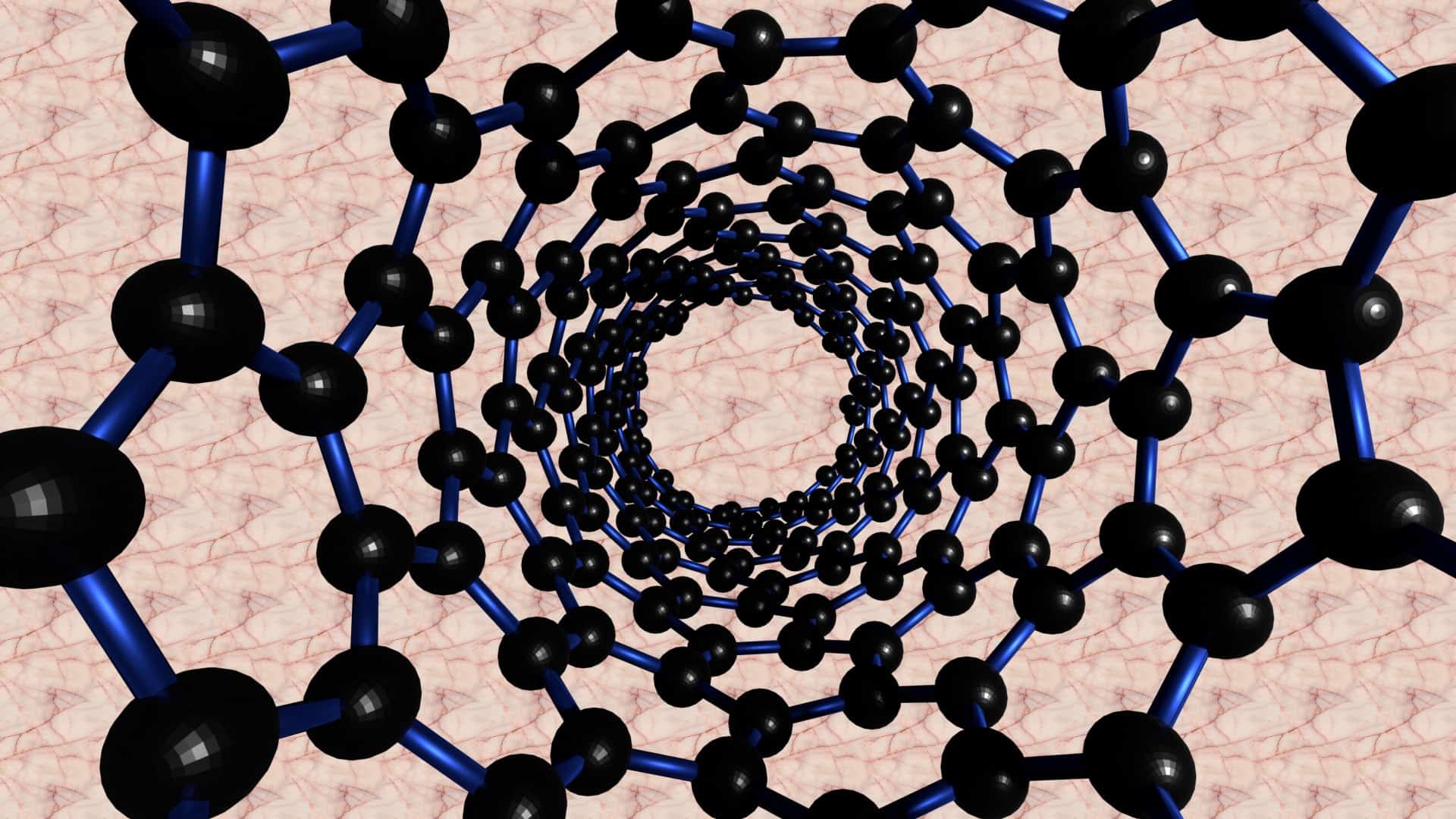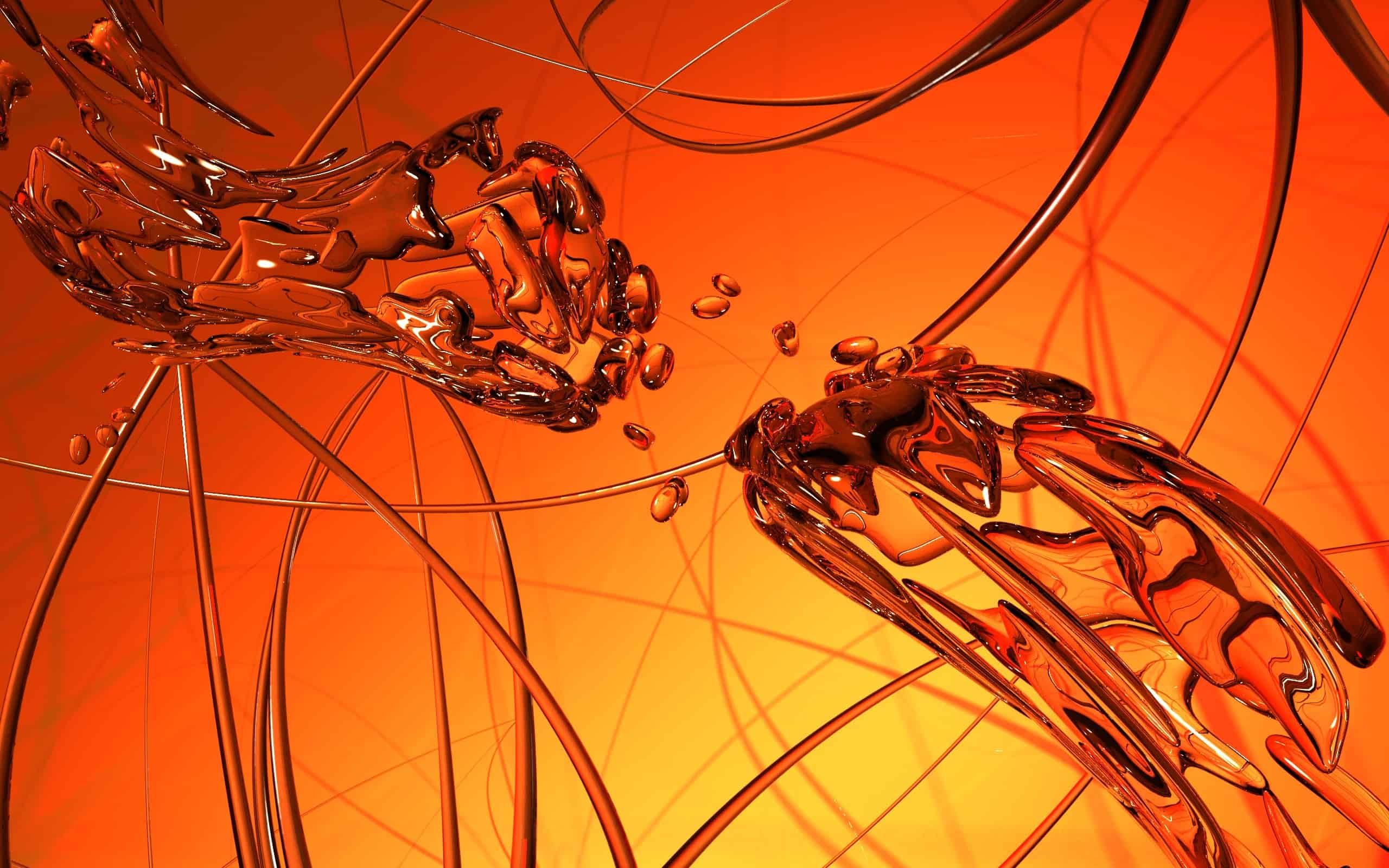Nanotechnology or nanoscience is concerned with the study and engineering of incredibly minute structures – in the area of 0.1 to 100 nanometers. To put that in perspective, a nanometer is 0.000000001 meters or one billionth of a meter. That is quite literally the width of 3 to 5 atoms and smaller than the size of viruses, which can have diameters that vary from 20 to 400 nanometers. As a field that works on the matter at the atomic and molecular scale, there are scarcely any limits to its potential application. In medical science, the ability to manipulate matter at this scale is comparable to the invention and advancement of microscopes. It can be used to transform drug delivery, wound treatment, gene therapy, diagnostics, and almost every branch of medicine in time. What’s exciting for us is that we have the opportunity to be at the forefront and to bear witness to this transformation, as nanomedicine is still in its nascent stages. That said, it already has a huge impact, and it’s going to play an increasingly important role in the coming years.
Targeted Drug Delivery
The notion of a ‘magic bullet’ in medicine is not something new. It dates back over 100 years when Nobel prize-winning physician Paul Ehrlich first came up with the idea. One of the biggest challenges to achieving this has been the difficulty in administering precisely targeted interventions. For most of the duration of medical history, the best way to treat various conditions has been through the administration of medications that have myriad effects on the body or the brain, with some of those effects being desirable. Of course, this method does involve some collateral damage or side effects, which we must measure carefully. Drugs that have greater benefits than risks are obviously more likely to get approval. With nanotechnology, however, it becomes possible to provide direct intervention at the cellular level using nanoparticles.
In neuroscience, for example, targeted stimulation of particular regions of the brain could improve the efficacy and reduce the side effects of various psychoactive drugs. This idea of deep brain stimulation has already been proven to work in clinical trials dealing with treatment-resistant depression. Targeted drug therapy isn’t just useful to psychiatrists and applies to almost every branch of medicine. In oncology, the biggest limitation of the most effective chemotherapy treatments is that it also kills healthy cells. This is why researchers investigate the scope of both nanocarriers and chemotherapeutic agents that can be used for self-assembling stable nanoparticles. In Cardiology, researchers are already working with nanotechnology to deliver cardiac stem cells specifically to heart tissue that is damaged.
With advances in engineering, it will eventually be possible to create smart nanomedical devices and nanorobots that will even be able to move using their own power and independently assess the need for intervention in specific locations.
Antibacterial Treatments
Growing antibiotic resistance is one of the greatest problems, threatening to undermine much of the progress achieved through modern medicine. This is particularly notable with ‘gram
negative’ bacteria that are more impermeable to drugs as they have two cell membranes. In addition to decreased cell permeability, bacterial resistance to conventional drugs has also increased through enzyme inactivation, changes in enzyme or target site, target overproduction, biofilm formation, and so on. While nanotechnology may not solve this problem entirely, it could give us a way forward. Researchers have been looking at various methods that employ nanostructured materials to overcome drug resistance. Such materials can be used to improve the precision and efficiency of drug delivery or for their own antimicrobial activity. Nanoparticles such as carbon and organic nanotubes may also inhibit biofilm formation and other processes that increase resistance. Nanozymes, which are nanomaterials with enzyme-like effects, have also been shown to mimic major antioxidant enzymes. This can help to protect against cellular damage not just from infectious diseases but also from degenerative diseases like Parkinson’s.
Some of these applications already show great potential, with studies demonstrating that nanoparticles vehicles can be used to transport antibiotics into target cells, which otherwise have poor permeability. This improved permeability is achieved not just through endocytosis but also through the interaction of nanoparticle materials with surface lipids. Such use of nanotechnology also offers other advantages, as it allows complex drug combinations to be delivered in a targeted manner, reducing the likelihood of bacteria developing resistance. Researchers at MIT also found that silicon nanoparticles could deliver an antimicrobial peptide to significantly lower bacterial levels in animal studies. They were looking specifically at the Pseudomonas aeruginosa bacterium, which causes a gram-negative infection resulting in pneumonia. If viable, such methods could also be employed to fight against other bacterial infections such as tuberculosis, which are otherwise becoming increasingly hard to treat.

Photo by cintersimone on Pixabay
Wound Treatment
You’d be mistaken for thinking that the scope of nanotechnology in medicine is limited to drug delivery. There are several nanotechnology-based therapies in development that are aimed at improving wound healing and the repair of damaged tissue through their intrinsic properties themselves. Most of these engineering and research activities seek to address the chronic nature of non-healing wounds, such as when dealing with diabetes and complications that result from them. The use of nanomaterials offers several advantages because of its versatility and customizable nature in physicochemical properties. Their high surface area to volume ratio improves the chances of desirable interaction with the target area and better permeation into the wound. These features have also been shown to facilitate a controlled and sustainable release of therapeutics to speed up the healing process.
Researchers have been investigating the potential use of silver and zinc oxide nanoparticles in hydrogel-based wound dressings. Such techniques have been found to help reduce inflammation by modulating cytokines and reducing scar formation. Both silver and zinc-based nanomaterials also have varying degrees of antibacterial activity, lowering the risk of wound infection. In vivo studies found that zinc-based composite bandages have higher swelling ability and cytocompatibility, promoting both re-epithelialization and collagen deposition. Unfortunately, both materials are not viable yet because of high toxicity concerns and the need for more research. Carbon-based nanomaterials are more promising in this regard, as findings suggest that derivatives from carbon fullerenes may also serve as therapeutic agents because of antioxidant and anti-inflammatory properties. One study also demonstrated the efficacy of graphene oxide (GO) nanosheets to induce faster healing of infected wounds with photothermal treatment.
Other areas of interest include the use of nitric oxide containing nanocarriers, nanofibers incorporated with growth factor, stem cell incorporated nano scaffolds, nanogenerators in bandages to apply electrical pulses, and so on.
Cancer Treatment
When it comes to cancer treatment, radiotherapy and chemotherapy have been the mainstay for decades. While patient outcomes have improved greatly, there are still limitations to treatment. Medications used to inhibit and destroy cancer cells are indiscriminate, damaging healthy cells, causing a whole range of side effects. Combining nanocarriers or nanovesicles with chemotherapy could greatly improve the efficacy of treatment while lowering such undesirable consequences. Smart nanocarriers could release medications in response to specific chemical cues, such as when they locate protein markers associated with malignant growth. This could also open new avenues of chemotherapy treatment, as it would permit the use of more effective drugs that cannot be used at present because of the risk of threatening side effects.
Researchers from Cornell University published some interesting findings back in 2013. They found that gold-iron oxide hybrid nanoparticles selectively bind to tumor tissue, allowing for precise photothermal treatment with laser irradiation. The application of near-infrared lasers causes heating of the nanoparticles to destroy just the tumor tissue, leaving healthy tissue unscathed. Similarly, gold-based nanocarriers may also be used to deliver chemotherapy agents, while lasers can refine the site of release and trigger it. Just last year, researchers at Purdue University developed nanocarriers to improve chemotherapy targeting. Their method involves using polyol-modified nanoparticles that identify the target cells and tissue by investigating blood vessels in the region. According to their findings, the nanoparticles were able to enter tumors through interaction with the vascular lining.
In addition to increasing chemotherapy options, these advancements in nanotechnology will help to reduce dosage requirements, further restricting the risk of side effects. The latest advancements involve using magnetic nanoparticles, which are absorbed by tumors and then heated to cause their destruction. In this scenario, the nanoparticles are hyperthermia-induced with alternating magnetic fields rather than with lasers.
Diagnostics and Biomonitoring
The area of data collection in medicine is also transforming thanks to nanotechnology. Although still largely in the development phase, there are several ongoing clinical trials for nano-based therapeutics. In the meantime, there are already several medical screening tests that use nanoparticles, the best known being gold nanoparticles in home pregnancy detection kits. Researchers are looking at ways to use nanodevices to detect biomarkers in blood, such as proteins associated with cancer, tumor cells or DNA, and so on in the context of cancer and other diseases. More refined nanodevices in the future will also be able to analyze genetic data to evaluate a patient’s disease risk, progression, and treatment options.
Nanotechnology can help advance diagnostics significantly through the use of nanosensors, which are being studied to improve the efficiency and accuracy of gene sequencing to detect and treat genetic diseases. Quantum dots may be linked to partial DNA sequences or proteins to bond with particular materials that can then be observed through their glow. DNA nanodevices with molecular recognition capabilities will allow doctors to track tumor progression and measure responsiveness to treatment therapies. The potential applications extend beyond cancer care as such technology is easily adaptable to aid screening and monitor other diseases. Such developments will greatly improve testing efficiency, allowing for less invasive and more cost-efficient methods of testing.
Ultimately, it would be possible to deploy nano-scale diagnostic devices in the human body to detect biochemical changes in real-time. This will provide health care providers with biomonitoring abilities that allow them to provide more timely and precise treatments.
Neuroscience
Some of those nanotechnology developments advancing data collection and diagnostics are particularly relevant to neuroscience, furthering our understanding of brain disorders and how they progress. Basic and clinical applications of nanotechnology in neuroscience are still in the earliest developmental stages. The challenges here are unique because of the high complexity of the central nervous system and interactions between neural cells. Despite these challenges, progress is being made quite rapidly, with research pointing towards a significant role for nanotechnology in the coming years.
The ambitious “Brain” Initiative (Brain Research through Advancing Innovative Neurotechnologies) project depends on using various types of nanotechnology, such as nano-scale diamond particles. These nanoparticles would allow scientists to look at brain activity in much greater detail, giving us insights into the precise mechanics of seizures and other brain disorders. This would, in turn, allow for more targeted treatments that yield better results with lower risk. Carbon nanotubes are also being studied and developed to enhance targeted drug delivery and carry signals between individual neurons. When considering how significant the benefits of brain stimulation are even when using existing electrode implants, the possibilities with nanotechnology do appear limitless. This could allow doctors to restore brain function to some extent in cases where tissue damage from stroke or infection impairs electrical signaling between neurons. If such technology could create neural prosthetic devices, it could address current problems associated with large implant size and material, including trauma and inflammation.
To a large extent, the scope of nanotechnology to advance modern medicine is only limited by our imaginations. Concepts that were once regarded as far-fetched or fanciful are already being realized with nanotechnology. The coming decades are going to be some of the most exciting for this field of development.











